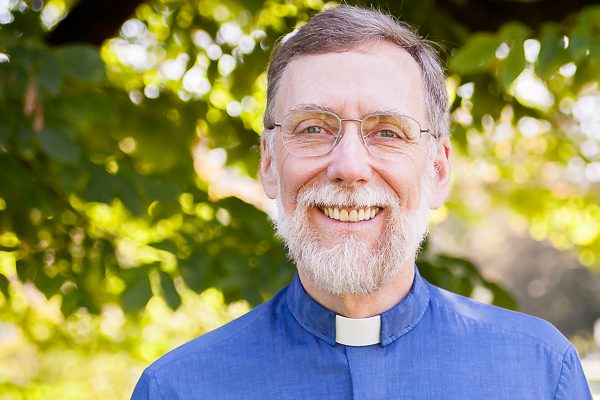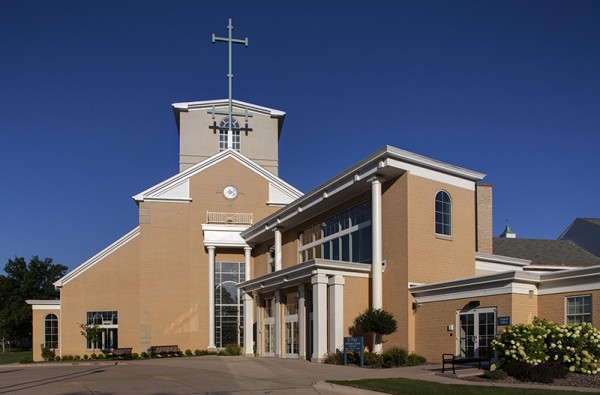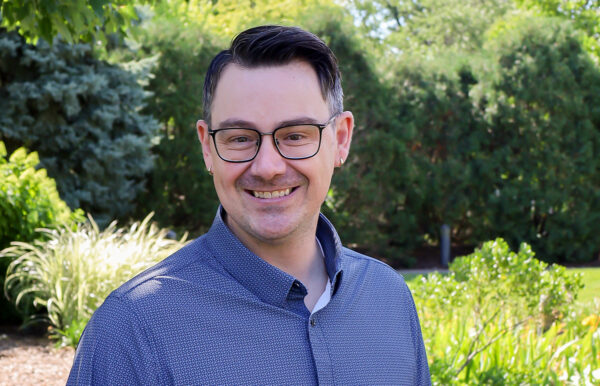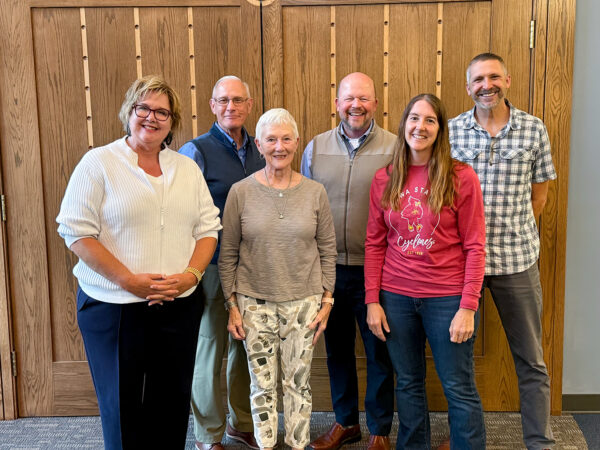Meals of Freedom for Life

Today begins the “Three Days” that bring Lent to a close. They lead the Christian community to the doorstep of Easter. From Jesus’ final meal with the disciples, through what Scripture and the liturgy call his being “handed over to death,” to his crucifixion and burial, Christians journey with Jesus as both witnesses and companions. Paul says that “we are always being given up to death for Jesus’ sake, so that the life of Jesus may be made visible in our mortal flesh” (2 Corinthians 4:11). How can death make life visible? By the logic and mystery of Easter, in which God overcame death’s power, freed Jesus from it, and raised Jesus to new life.
On this night of Maundy Thursday, according to the Gospels of Mark, Matthew, and Luke, Jesus said at the table with the disciples, “Take; eat; this is my body, given for you.” He was not inviting his followers to a meal that looks back on the mortal body that died, but one that looks forward to the risen body that is the community gathered in his name. We who are that community obey the command when we take part in Holy Communion. Through it, we are freed by God from the power of sin and death that keeps us focused on the past and on ourselves. It opens up for us the promise that we embody Jesus’ risen life in our own. It is not a meal of regret, retrospect, or remorse, but a meal of freedom for life.
This year, as frequently, the Three Days overlap with the festival of Passover in the Jewish community. The calendar connection, as well as Mark’s gospel, invites us to consider what the two events – the Passover and Jesus’ death and resurrection – have in common. Mark thought that they share so much in common that he tells the story of Jesus’ meal with his disciples as a Passover meal. (The Gospel of John, however, does not.)
The Passover festival is also something that God commanded at a significant event. The event is the Exodus, when God overcame Pharaoh’s power, freed the Israelites from it, and brought them to new life as God’s people. In Exodus 13, God says that each year on the day it happened, the people are to recall the Exodus with a meal. They are to tell their children, “It is because of what the Lord did for me when I came out of Egypt” (verse 8). In Jewish families still today, the Seder emphasizes that it was not only for “them back then,” but for “each of us today.” By obeying the command, the people of Israel experience God’s gift of freedom from the deadening effects of any form of slavery. It opens them to the promise that they embody life as God’s people. It, too, is a meal of freedom for life.
Holy Communion is not a “Christian Seder”; such a term has no real meaning. In Holy Communion and in the Seder, Christians and Jews respectively celebrate the distinctive ways in which the one God has come to them with the promise of life. We can each enrich our celebration with a keen awareness of how widely and graciously and creatively God’s love extends year after year to all the creation.





Marcia Willi
I like the ending here, “how widely & graciously & creatively God’s love extends year after year to all the creation”. Fills you w/ hope..